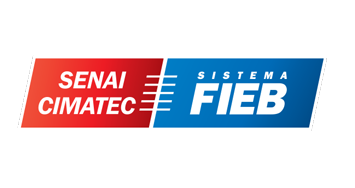PROJECT
GRAPHENE ANODE
Nowadays, there is a worldwide demand for the development of batteries capable of meeting the increasingly requirements in the mobility and electronics sectors.
UNDERSTANDING THE PROJECT
Lithium-ion batteries (LIBs) dominate the current market and are applied as main power sources for portable electrical devices. Limitations of the materials used in the battery, anode and cathode components, hinder the development of high performance LIBs for electric vehicles and energy storage systems.
Spherical graphite is a key anode ingredient in these batteries, but its limited reversible capacity and the low diffusion rate of lithium inside the anode contribute to a low power density battery.
The project “Graphene anode for lithium-ion batteries” is within this context to develop a new technology that results in a new anode. This anode will have carbon nanomaterials, like graphene, as the main component.
Compared to graphite, graphene is a material with a greater specific surface area and greater electrical and thermal conductivity.
THE IDEIA
The idea is that these carbon nanomaterials comprise the main component of this new anode so that the properties inherent in the nanomaterial reflect in the performance improvement of the battery
The Centelha Program
The Centelha Program is the starter impulse of this Project. Centelha offers training, financial resources, and support to turn ideas into successful businesses. More than 500 ideas were submitted to the state of Minas Gerais, and the project “Graphene anode for lithium-ion batteries” was among the selected ones
What will be done
With the financial resources and partnerships established by Centelha public notice the Project will advance in the development chain, and also to the prototype testing step. Commercial samples of graphene oxide will be manipulated, and the addition of other nanomaterials will be tested, such as carbon nanotubes, in order to obtain the prototype of the anode (the foil of reduced graphene)
PROJECT PARTNERS
Our partners are companies and institutions from different sectors that already work in nanotechnology. Furthermore, our partners are interested in improve processes and products using nanomaterials. We strive to build relationships based on respect and trust with our partners. Check out the partners of this project.



